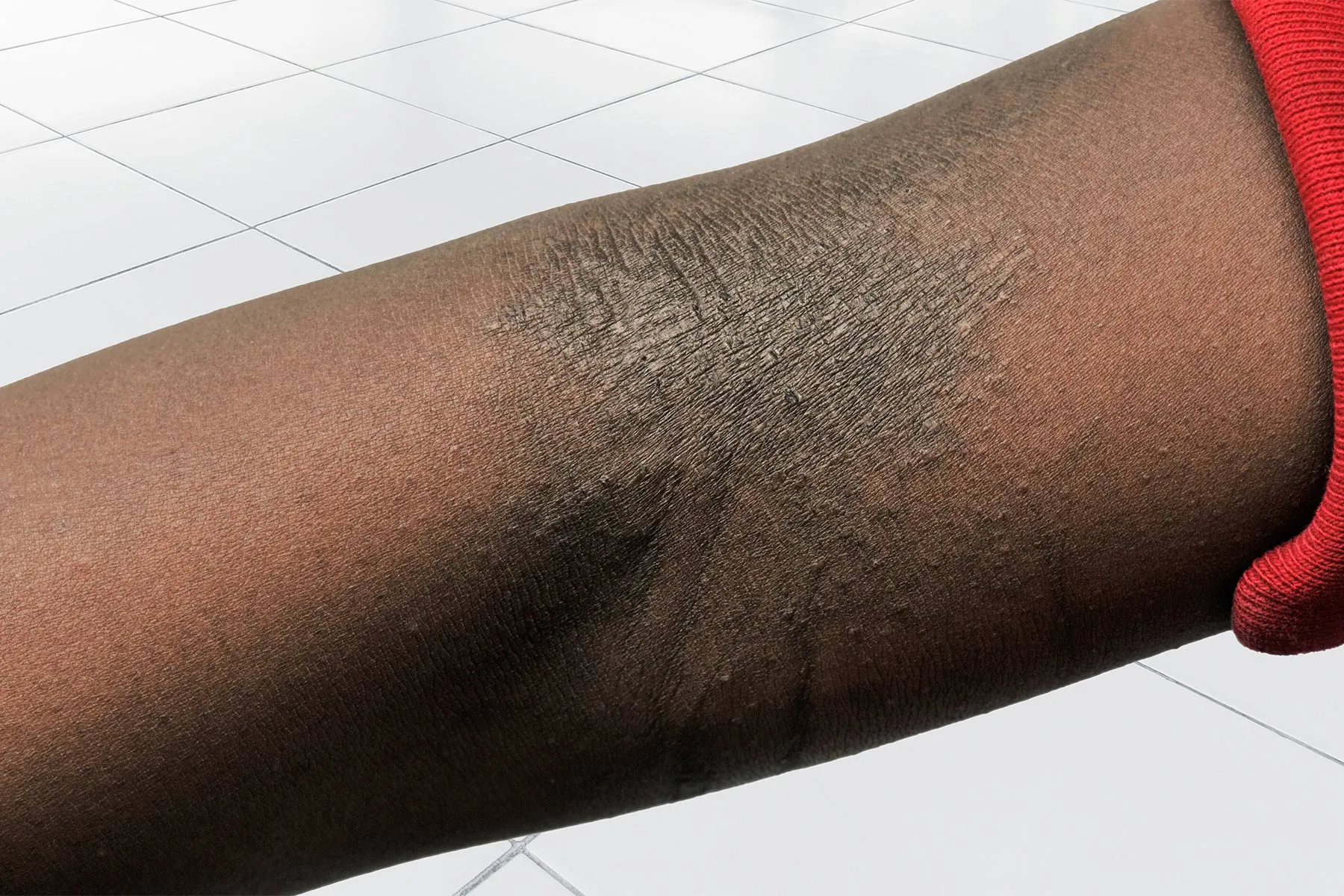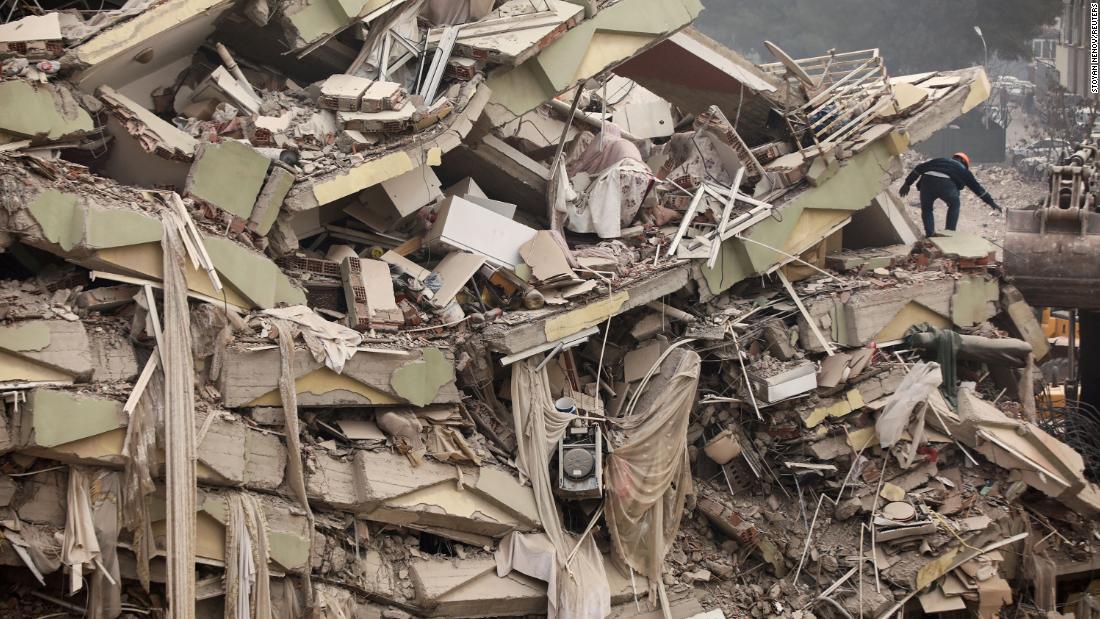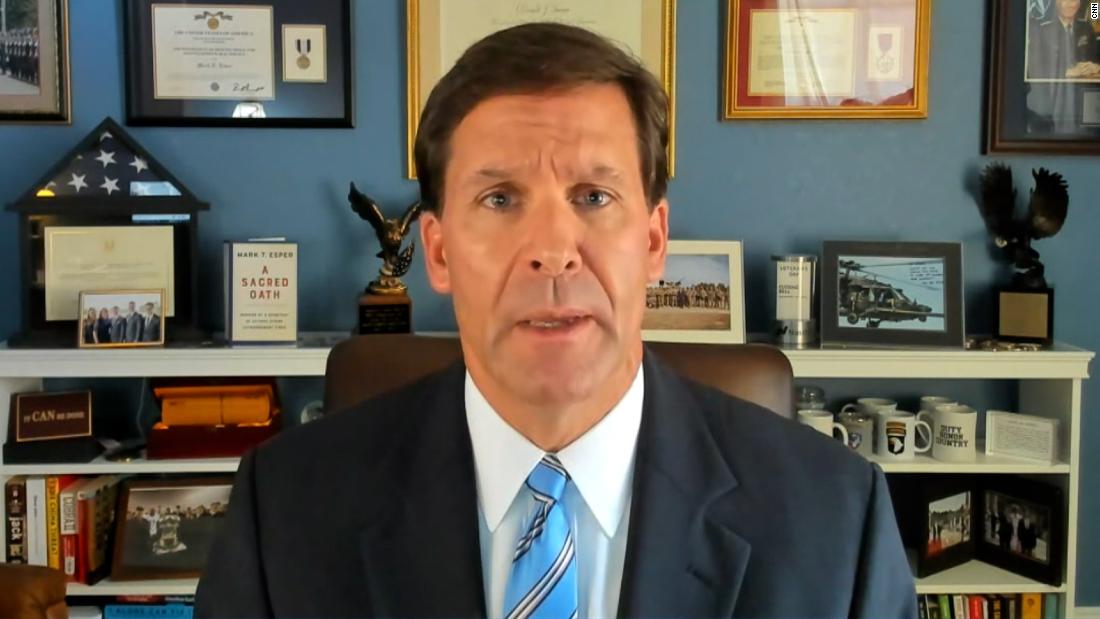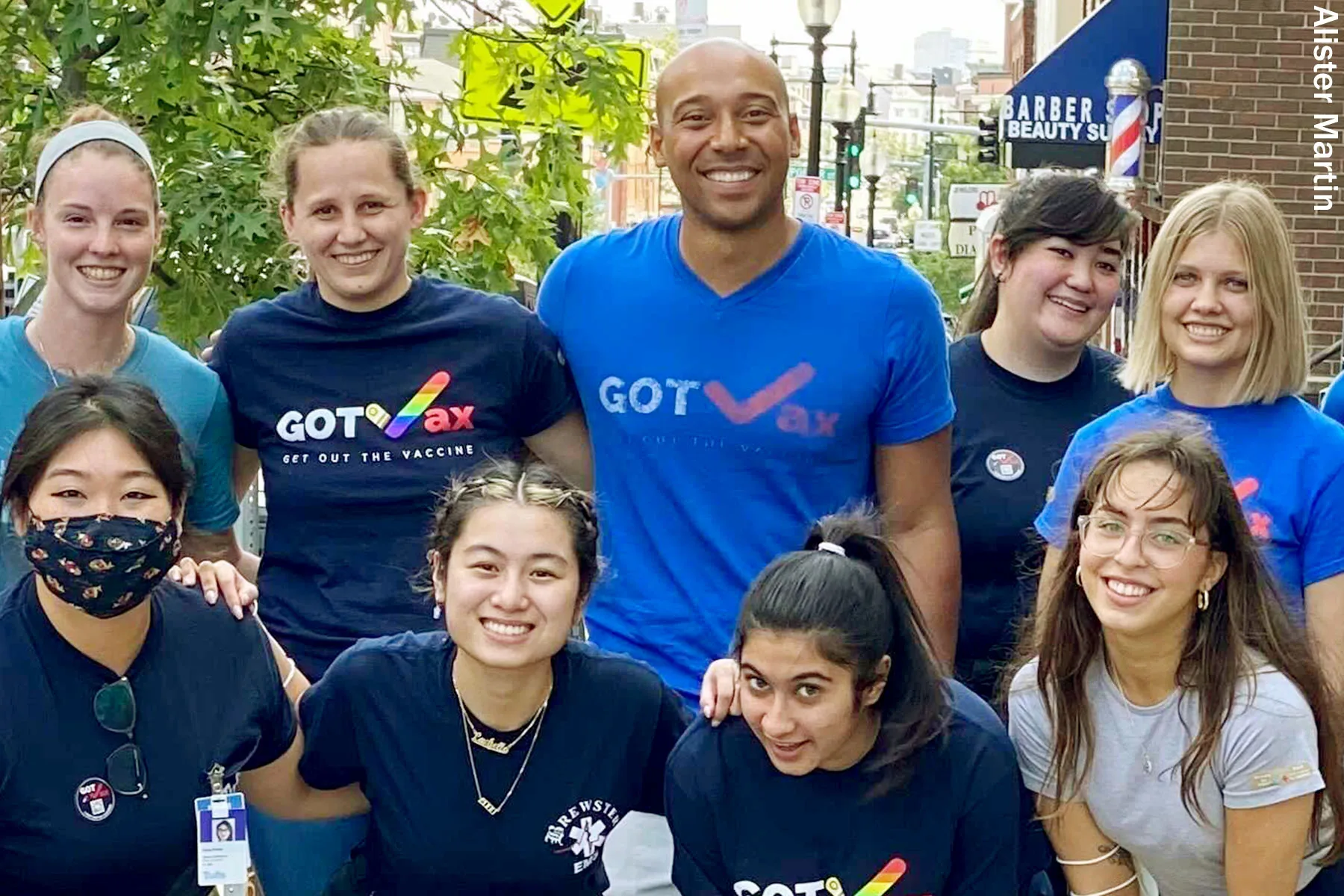Policing the Police: How to Tackle the Crisis of Legitimacy
Every major police agency in the U.S. has an Office of Internal Affairs to identify corrupt or abusive officers. But by the time investigators step in, the damage is often done. Here’s one way to get ahead of the problem, suggested by a TCR columnist.


Los Angeles police face off against demonstrators, May 2021. Photo courtesy National Police Foundation.
Quis custodiet ipsos custodes? The Latin phrase, originally used by Roman poet Juvenal in regards to infidelity, means “Who guards the guards themselves?”
The question has taken on new meaning for U.S. law enforcement agencies at a time when police are reeling from what many have called a crisis of legitimacy, brought on by the misconduct or abusive behavior of a minority of officers.
Most major police forces in the U.S. have an Internal Affairs (IA) Bureau which is tasked with preserving the integrity of the force, and investigating employees who are alleged to be corrupt, or who brutalize or abuse the public.
When a criminal or civil complaint against an officer is made, the complaint is then sent to the relevant IA department, which then investigates and makes a determination as to the validity of the complaint. If the evidence warrants, disciplinary proceedings begin.
The drawback of this process is that officers who are committing abuses or are involved in systematic corrupt activities have already done serious damage to their community long before an investigation is opened.
Recent history is full of notorious examples.
From the mid-1980s to the early 1990s, Detectives Louis Eppolito and Stephen Carracappa of the New York Police Department assisted and performed murders and provided “confidential information on police informants and investigations,” to the Lucchese and Gambino Crime Families, jeopardizing hundreds of investigations. An officer in DeKalb County, Georgia was found to be a hitman for the Gangster Disciplines and assisted in providing information and procuring firearms.
Can the work of those who “guard the guards” be more proactive? Can they step in before the damage is done?
One way is to borrow a concept from the realm of national security: Create an active counterintelligence (CI) office as part of internal affairs.
James M. Olson, a former Chief of Counterintelligence for the Central Intelligence Agency (CIA), has crafted a list of requirements to properly perform the art of counterintelligence. In the CIA’s Studies in Intelligence journal, Olsen asserts that every CI officer must work offensively, engage the enemy and “own the street.”
This approach, applied to a police agency, would make that agency’s Internal Affairs bureau more proactive.
“Working offensively,” for example, would involve investigating officers more thoroughly before they joined the force. It can help to identify potential problem officers before they are hired.
It would also mean keeping active tabs on officers who are already on the force and who have already been singled out for a suspicious pattern of activities.
A robust counterintelligence unit can serve as an antidote to a policing “culture” that seems to approve of not informing on officers who commit abuses or crimes.

Alan Cunningham
Using a counterintelligence model to introduce a culture of accountability into the ranks of those charged with protecting public safety would go a long way towards restoring the legitimacy of law enforcement in communities across our nation.
Alan Cunningham will complete his graduate studies at Norwich University in the UK this month. He has previously published in the U.S. Army War College’s War Room, Eunomia Journal, ReaperFeed, and multiple others. He can be reached on Twitter at @CadetCunningham.

 Landwebs
Landwebs 





















